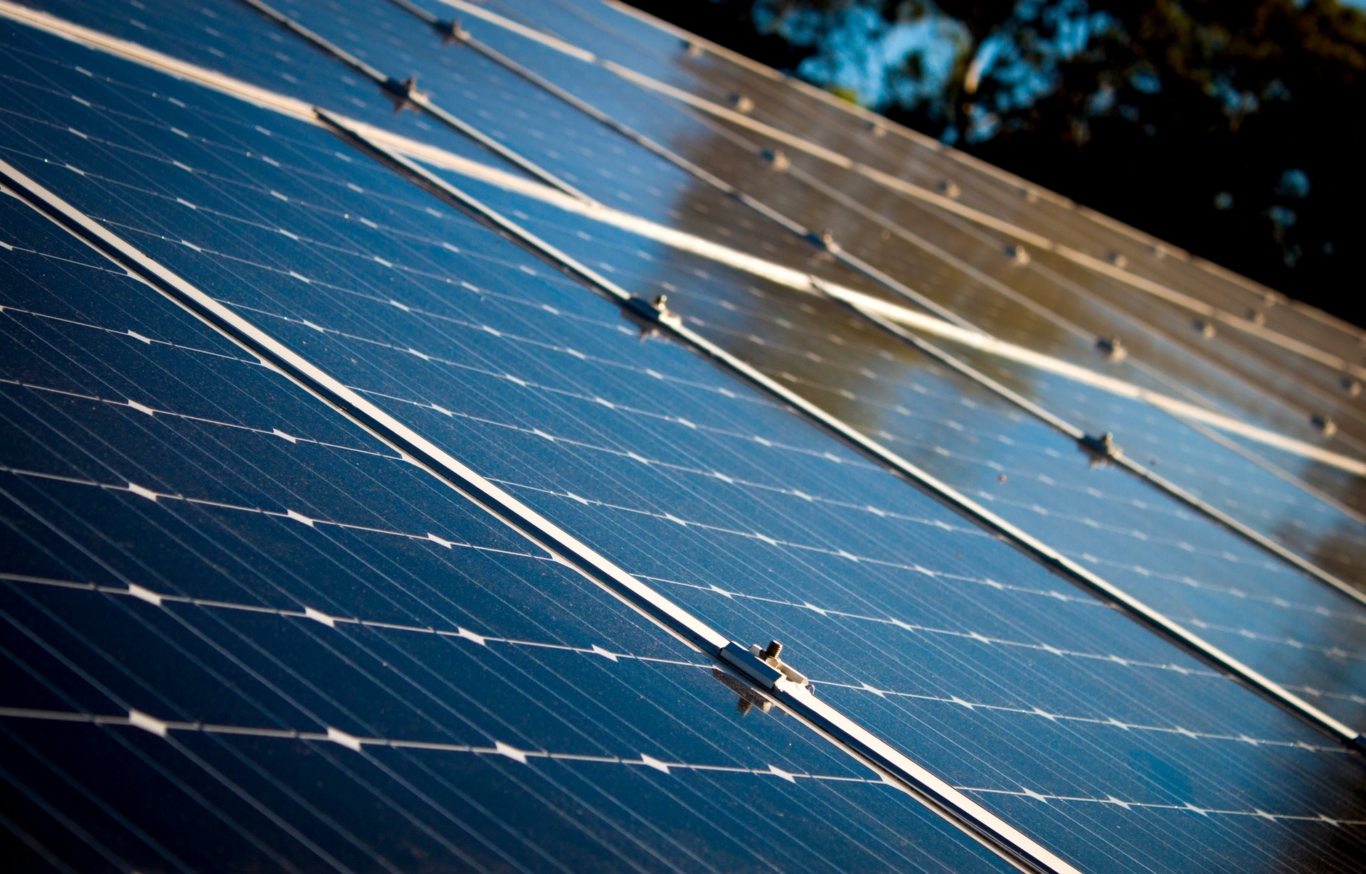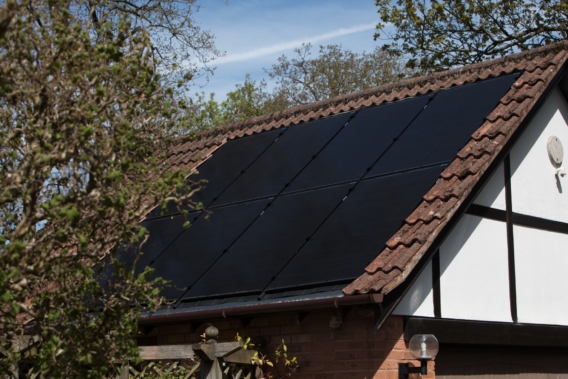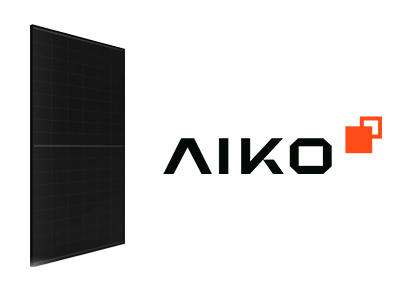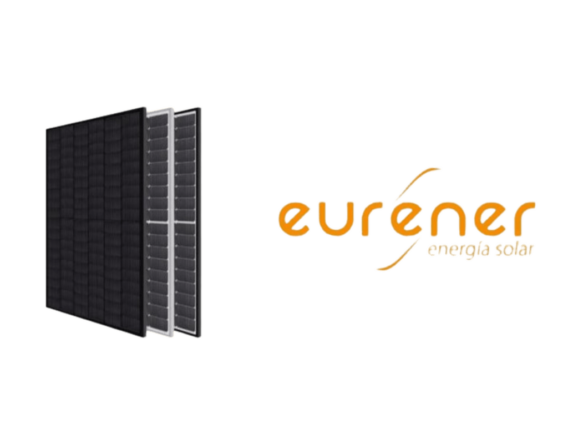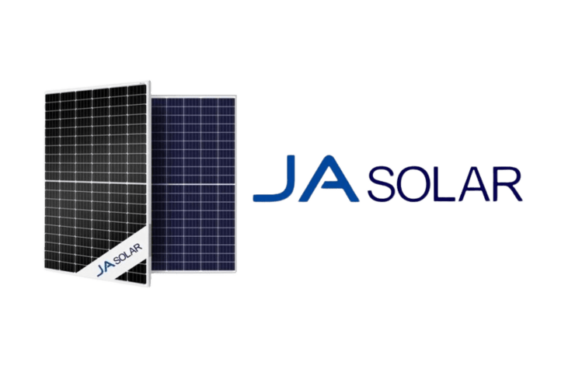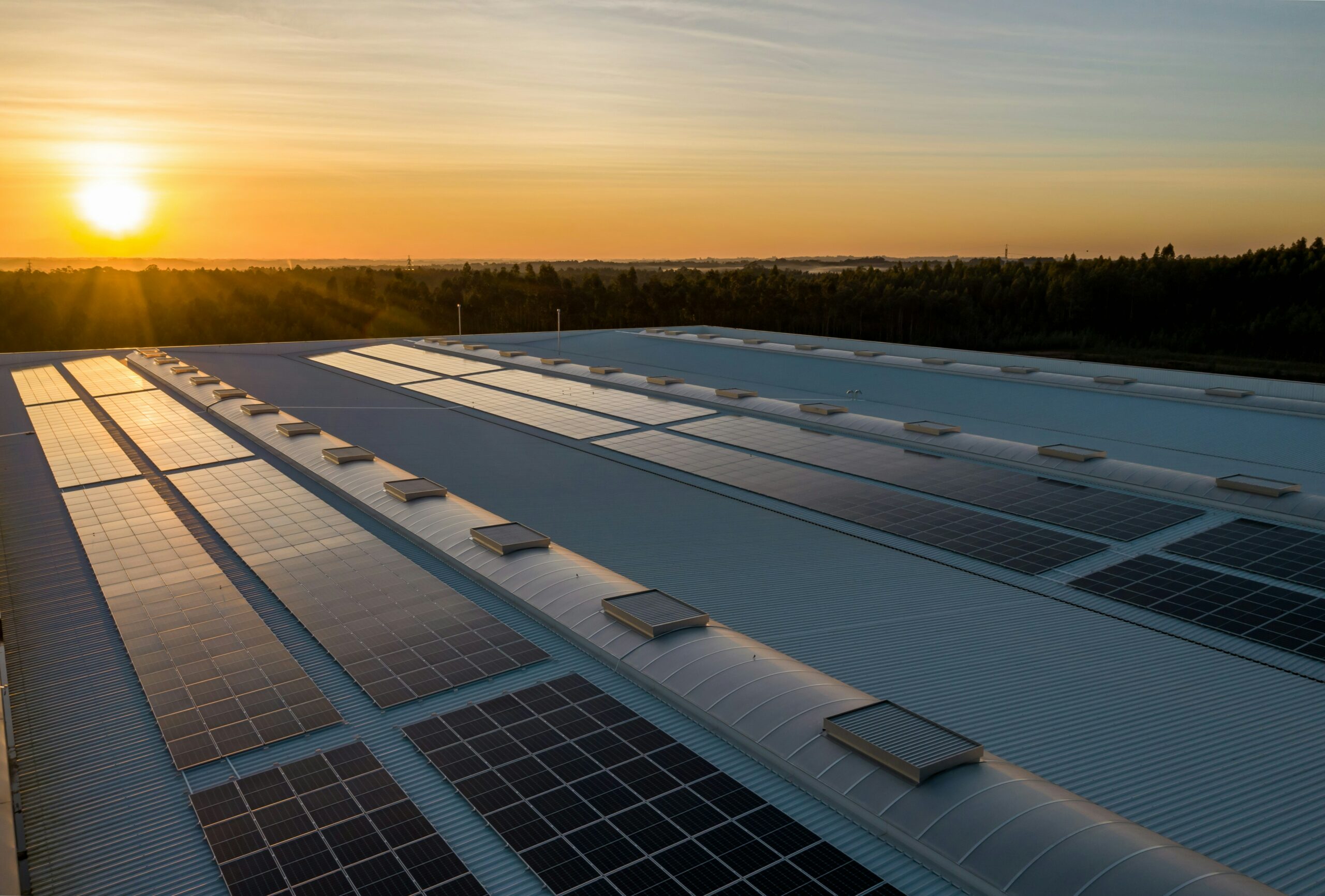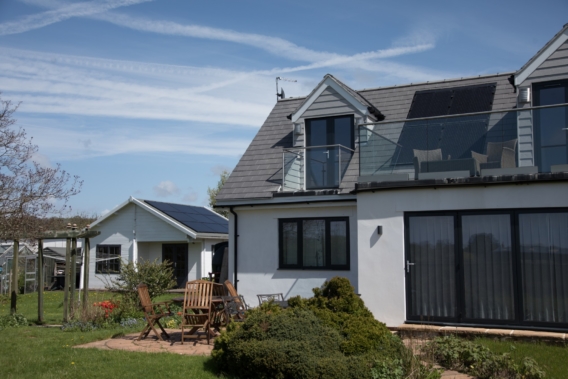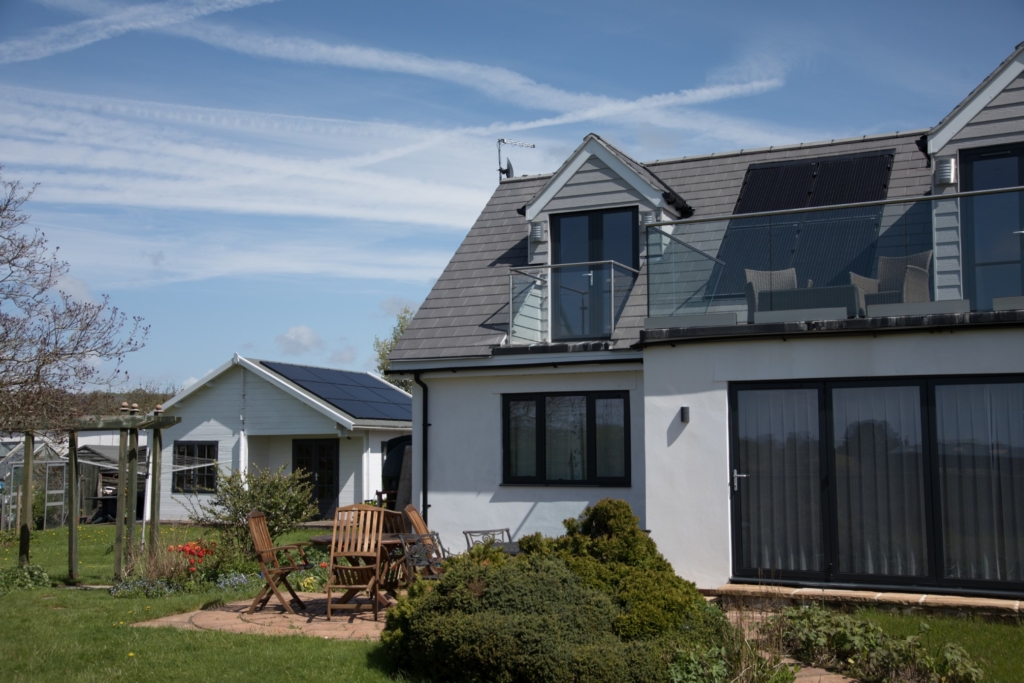Solar Panels need no introduction, they have become the go to technology for reducing domestic and commercial energy bills due to their effectiveness and value for money.
With solar becoming so mainstream there are hundreds of companies producing panels available in the UK, inevitably there is a wide range of price and quality. We evaluate the products against a series of criteria on their own merits and the benefits they have in specific use cases.
Below are the main criteria we consider when selecting solar PV panels.
